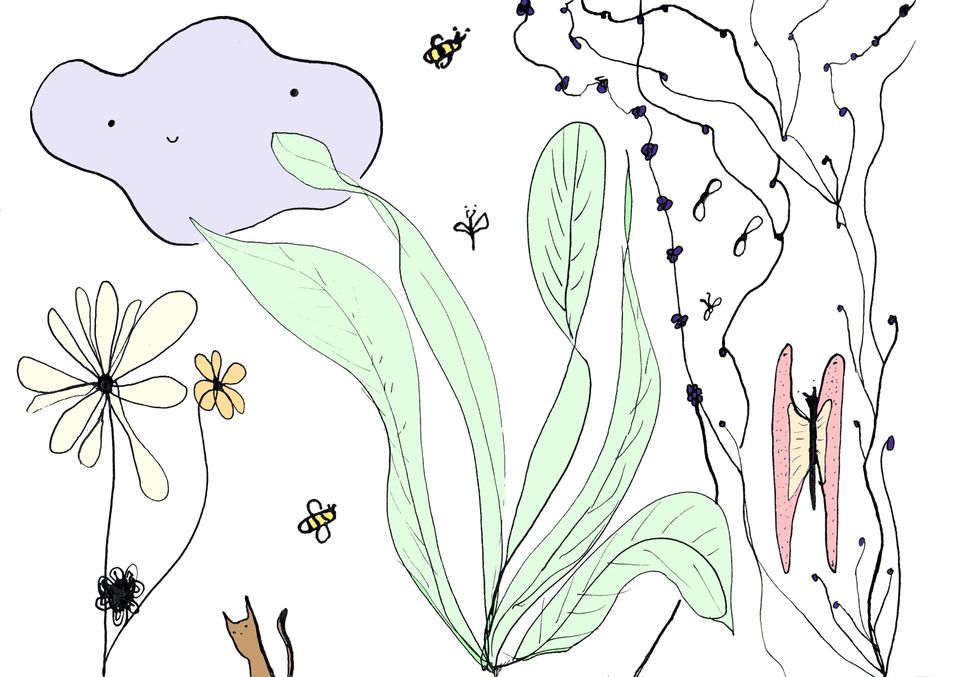Creativity
| Perception
| Thinking
| Creative Power
| Creative Relationships
| Creative Self
| Reviving Our Creative Self
Viewing gloom
as a force of stress, we can apply the same "four steps" technique - in circumstances when the drive provided by compulsive desire
goes into reverse, to leave us "down in the dumps".
1) Understanding the problem
We've already seen how “stress forces”
exaggerate and distort reality.
Certainly, when it comes to depression, our view of ourselves becomes exaggerated to the downside, meaning we can become wedded to a view of ourselves as “failed”.
Of course, to characterise depression just as the result of a "stress force" is to oversimplify this illness - which in its most serious, "major" form is, in the words of
Stanford Professor Robert Sapolsky, a "biochemical disorder with a genetic component and early experience influences where somebody can't appreciate sunsets".
Nonetheless, the aim, here, is to assess the possibility of there being a contribution to depression from "compulsive desire
that's gone on strike" - which is conceptually perhaps most relatable when expressed as a "stress force" in its own right, that we can call
gloom.
Where we want to reassert our real self - and save our perception and thinking from being turned negative - it can help to visualise this gloom as a force separate from ourselves, and helpful to face as a useful step in regaining our peace of mind.
If ever we become depressed, one way to represent ourselves in our mind (just so as to give ourselves a mental handle of what's going on) is as a crying cloud.
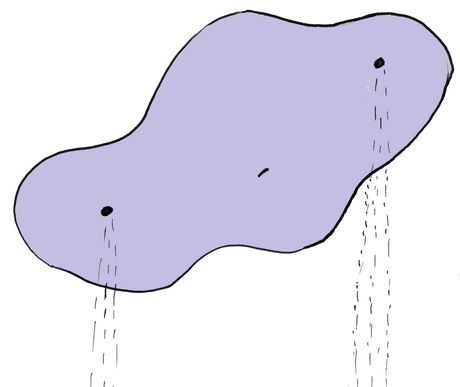
Again, it is not the sufferer, in reality, that can ever be "blamed" for this predicament.
Pan out a little, and we can better see what's really going on: Little Cloud is coming under attack by gloom, pictured as a ghoul.
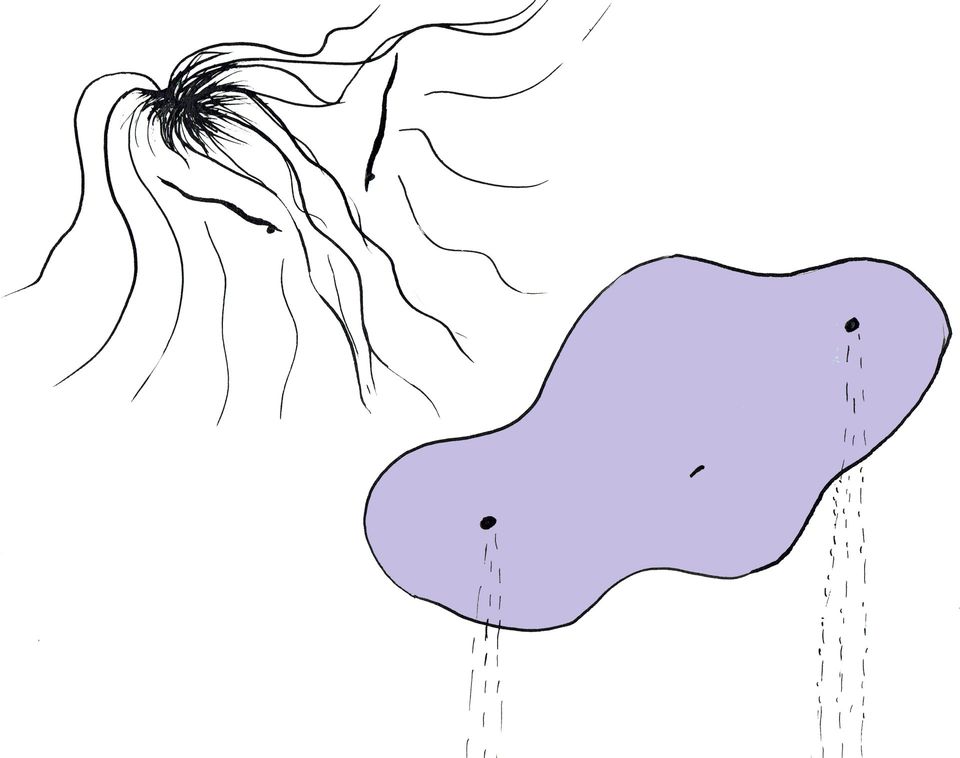
2) Letting go our pride and shame
- and -
3) Owning the problem
Again, one approach to regaining a little control in depression is to become aware of the shame and guilt that very often accompanies this condition... and see these as unhelpful.
These only further undermine our self-worth and self-confidence, just when we most need these.
The key antidote to shame is forgiveness of our own self (regardless of whether there's anything real to forgive).
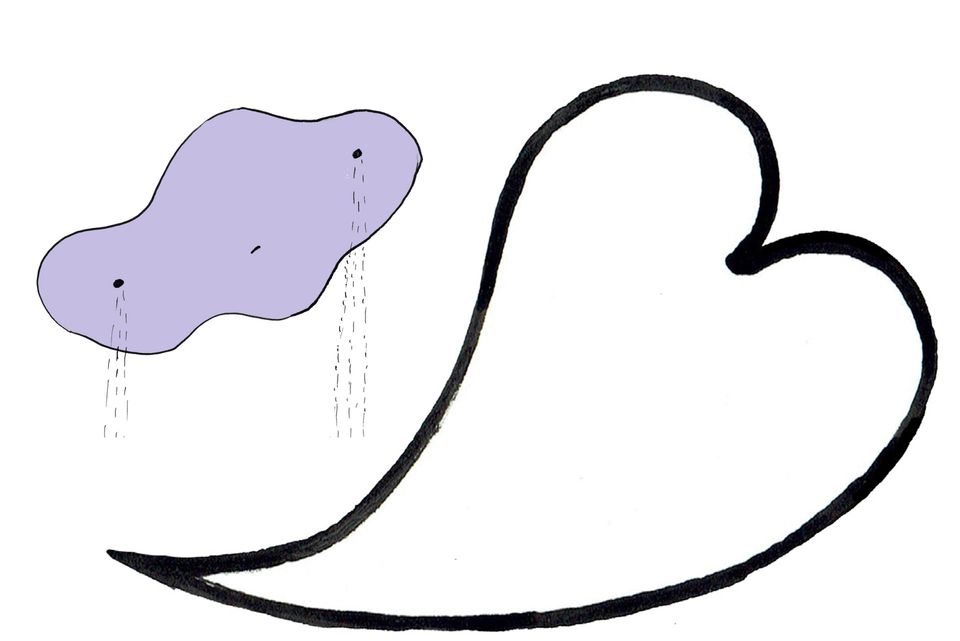
The negative thoughts and beliefs it feeds us are not really ours. They're merely masquerading as ours - as part of how this "stress force" takes control and snatches our identity.
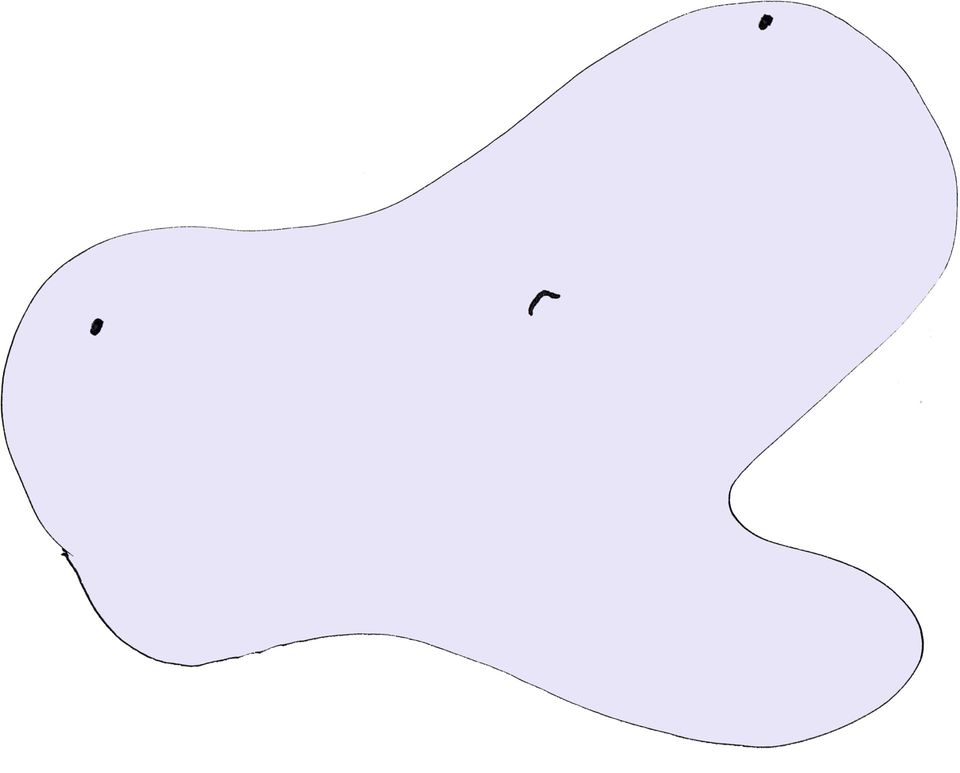
At last, we’ve started to call gloom's
bluff, and are taking back the initiative.
4) “Approaching the cell door with jailbreak in mind”.
To master gloom, the heart’s “C’s” are the answer.
We've already seen the need for conscious awareness and courage alone. Now, compassion and calm will see it lose its whole ability to hang around.

